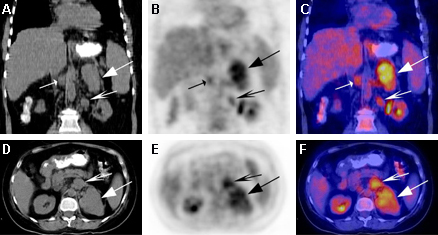Resumo
Diagnósticos diferenciais
comuns
- Polycystic ovary syndrome
- Idiopathic hirsutism
Incomuns
- Hyperprolactinemia
- Nonclassic congenital adrenal hyperplasia
- Cushing syndrome
- Androgenic drugs
- Androgen-secreting ovarian tumor
- Ovarian hyperthecosis
- Adrenocortical carcinoma
Colaboradores
Autores
Stephen L. Atkin, PhD, FRCP
Professor of Medicine
Head of School of Postgraduate Studies & Research
The Royal College of Surgeons in Ireland - Bahrain
Busaiteen
Bahrain
Declarações
SLA has no competing interests.
Thozhukat Sathyapalan, MD, MRCP FRCPE
Professor of Endocrinology/Honorary Consultant Endocrinologist
Academic Endocrinology, Diabetes and Metabolism
Hull York Medical School
Michael White Diabetes Centre
Hull Royal Infirmary
Hull
UK
Declarações
TS declares that he has received educational grants and clinical trials funding from Novo Nordisk, Eli Lillly, and Novartis.
Agradecimentos
Dr Stephen L. Atkin and Dr Thozhukat Sathyapalan would like to gratefully acknowledge Dr Shehzad Basaria and Dr Milena Braga-Basaria, the previous contributors to this topic.
Declarações
SB and MBB declared that they had no competing interests.
Revisores
Joe McKenna, MD
Professor of Investigative Endocrinology
University College
Dublin
Ireland
Declarações
JM declares that he has no competing interests.
Udaya Kabadi, MD, FRCP(C), FACP, FACE
Director
Endocrinology
Department of Internal Medicine
VA Medical Center
University of Iowa
Iowa City
IA
Declarações
UK declares that he has no competing interests.
Créditos aos pareceristas
Os tópicos do BMJ Best Practice são constantemente atualizados, seguindo os desenvolvimentos das evidências e das diretrizes. Os pareceristas aqui listados revisaram o conteúdo pelo menos uma vez durante a história do tópico.
Declarações
As afiliações e declarações dos pareceristas referem--se ao momento da revisão.
Referências
Principais artigos
Martin KA, Anderson RR, Chang RJ, et al. Evaluation and treatment of hirsutism in premenopausal women: an Endocrine Society clinical practice guideline. J Clin Endocrinol Metab. 2018 Apr 1;103(4):1233-57.Texto completo Resumo
Elliott J, Liu K, Motan T. Guideline no. 444: hirsutism: evaluation and treatment. J Obstet Gynaecol Can. 2023 Dec;45(12):102272. Resumo
Teede HJ, Tay CT, Laven J, et al. Recommendations from the 2023 international evidence-based guideline for the assessment and management of polycystic ovary syndrome. Fertil Steril. 2023 Oct;120(4):767-93.Texto completo Resumo
Artigos de referência
Uma lista completa das fontes referenciadas neste tópico está disponível para os usuários com acesso total ao BMJ Best Practice.

Folhetos informativos para os pacientes
Polycystic ovary syndrome
Ovarian cancer
Mais Folhetos informativos para os pacientesConectar-se ou assinar para acessar todo o BMJ Best Practice
O uso deste conteúdo está sujeito ao nosso aviso legal